How life began: Lego in the washing machine
Most recently I visited with children in the Moscow interactive museum Living Systems (Moscow). Among other things, I caught the eye of an interesting experiment on the theme “how life began” with Lego cubes. Separate Lego Duplo cubes are put into the washing machine and taken out in an hour or two. At the exit, there are constructions of two, three a, and sometimes even four parts.
The experiment is intended to show that complex compounds and life in general could well have been formed by chance at the initial broth .
I did not believe that this was possible (in the sense of Lego and the washer in such a short time). It always seemed to me that the probability of such a self-assembly is very low, although definitely not zero. I decided to google on this topic and found several reports on similar experiments. One of these reports , where many interesting pictures, translate and publish here. Some notes and links from the link text will be deleted. Some of them will publish at the end.
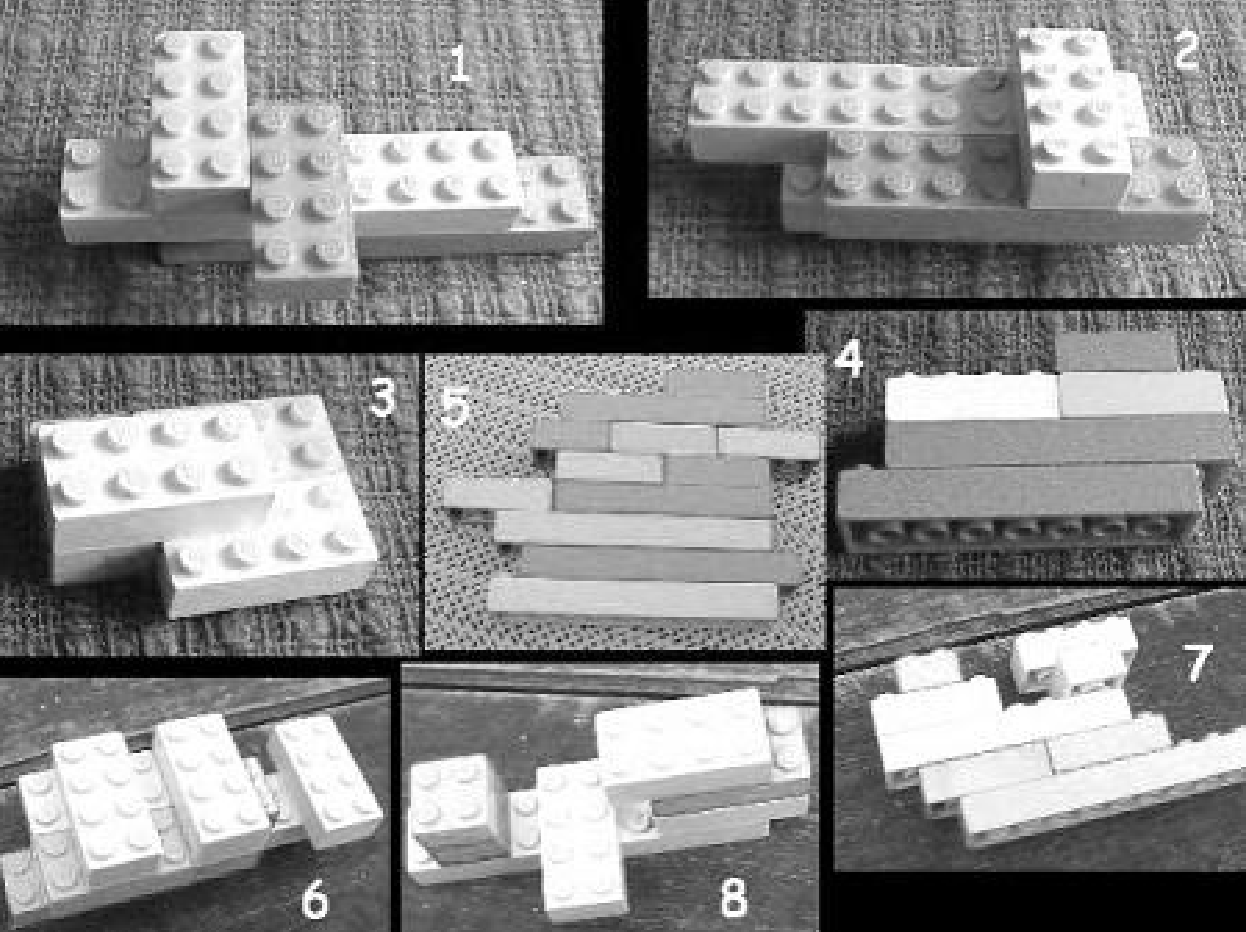
In fact, the KDPV is not what you thought. These are figures that, as suggested by some “just acquaintances”, can assemble in a washing machine in a couple of hours. Friends turned out to be wrong, especially number 5. And in general it is from another experiment , not the one about which I translate the report.
Entry is over, the translation begins.
In one of a series of my experiments, I poured a whole bucket of old Lego cubes (from the end of the 60s - early 70s) into our washing machine Miele. They erased 70 minutes at 40 degrees. Spin is not used. All the details before the start of the experiment were separated. As a result, there are quite a few connections. Most were from two parts, but there were also connections from six. Various details participated in the joints, including 2x8, 4x8, and 6x8. [And many others - approx. lane.]

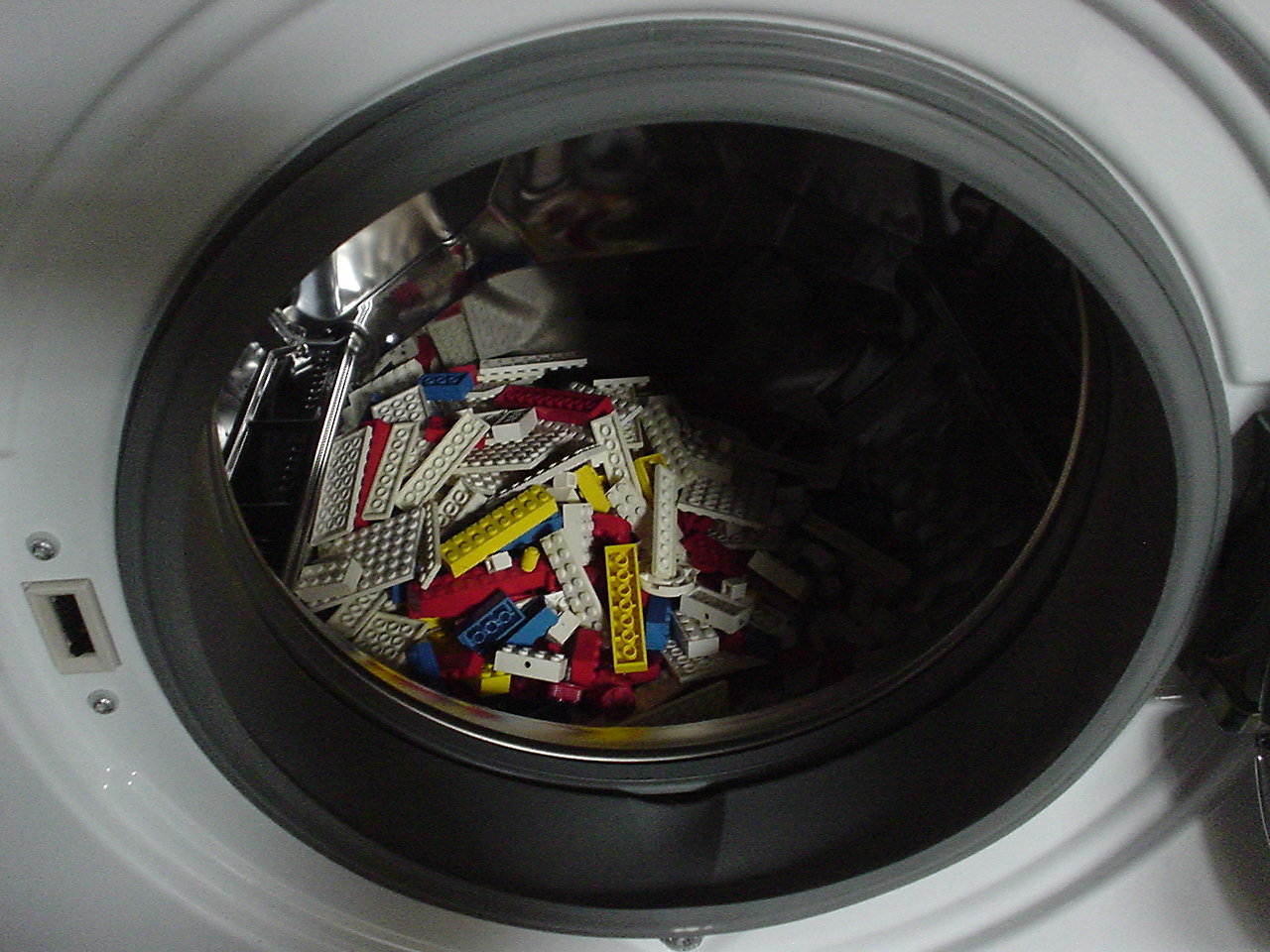
↑ Here it is our washing machine
Next - all connections sorted by the number of elements. Sorry for the quality of the flowers - everything is filmed in the kitchen under a fluorescent lamp.
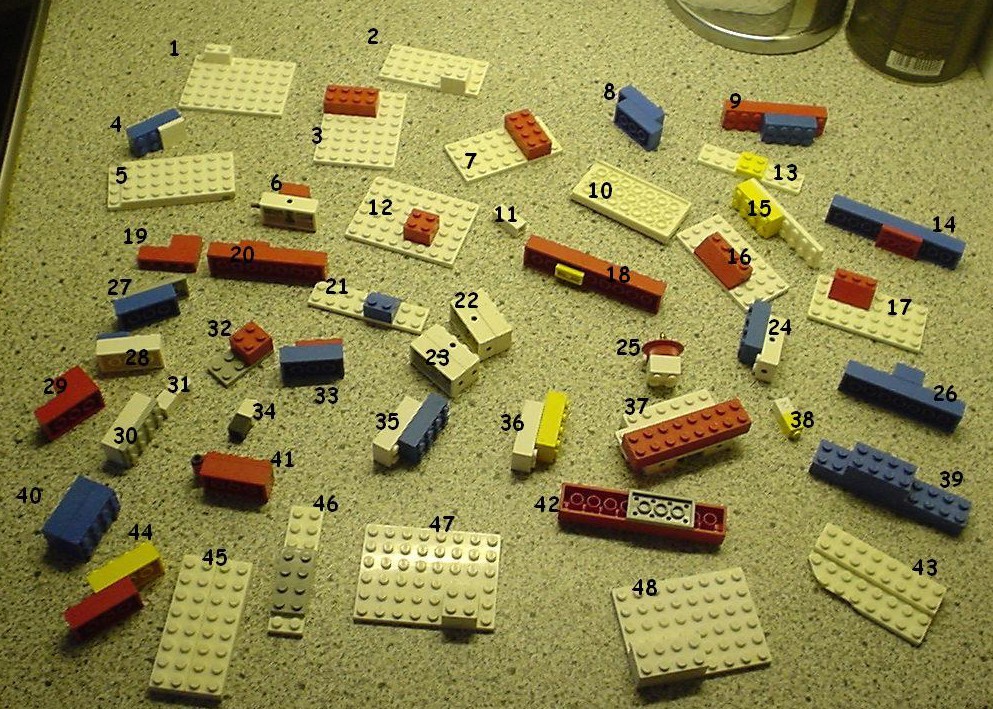
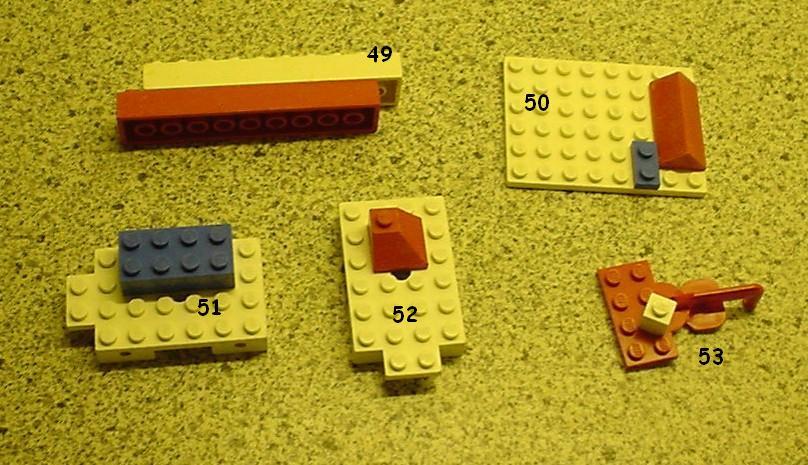
↑ Mostly two-part connections (D2)
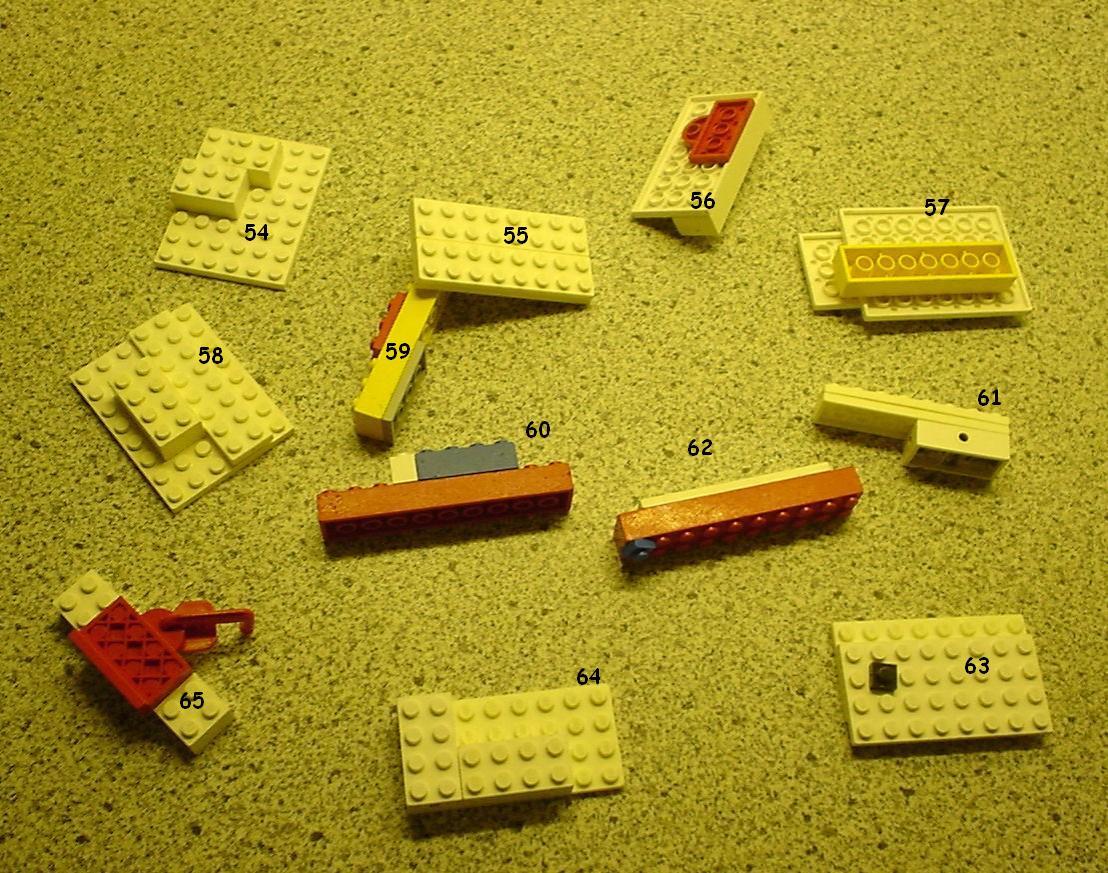
↑ This is D3

↑ D4
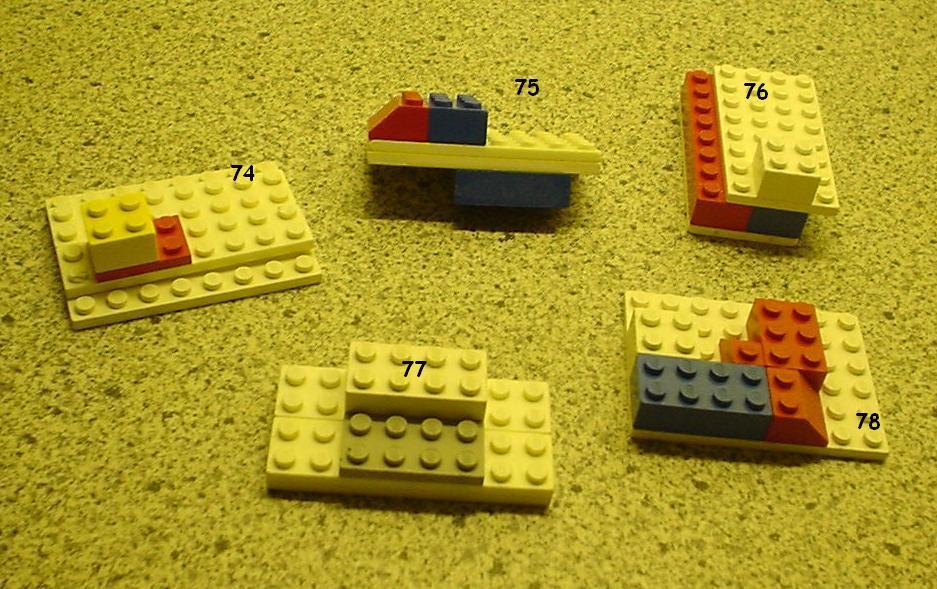
↑ D5
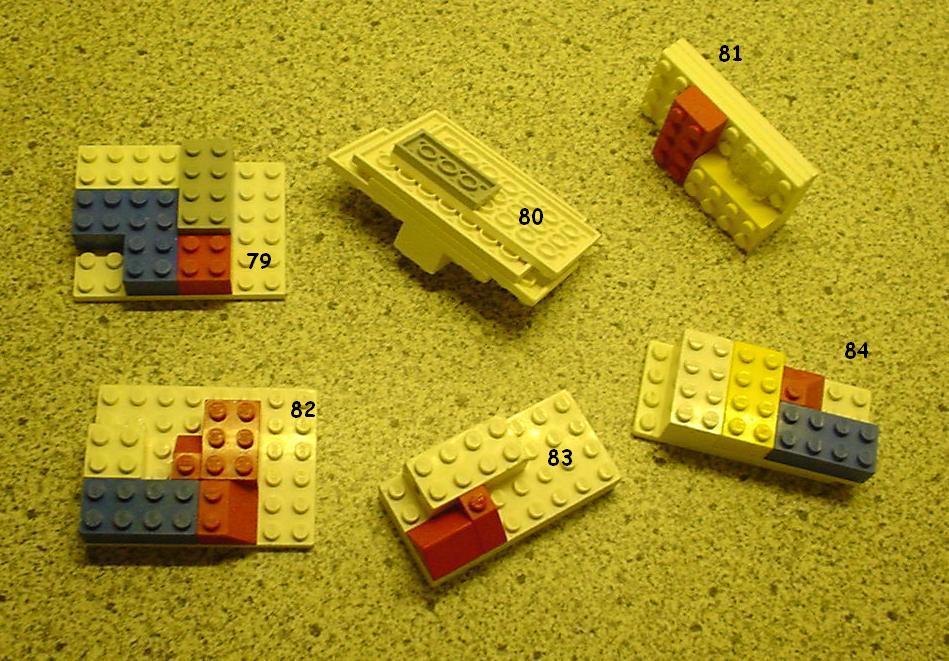
↑ D6
Most of all I liked these two D6.
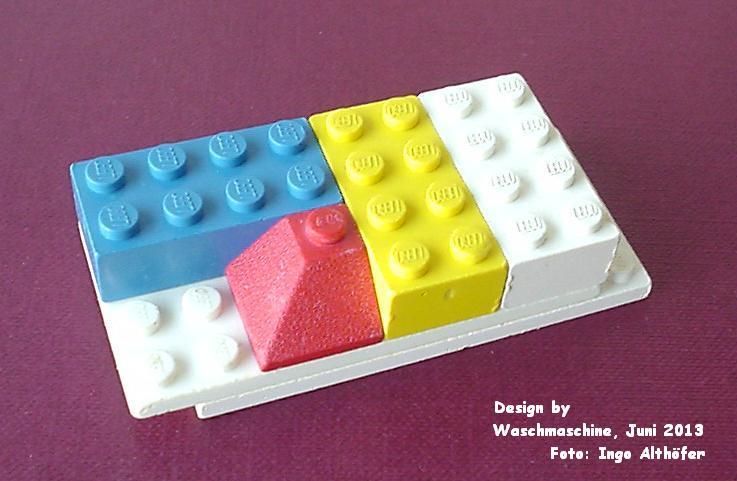
↑ Miniature 1
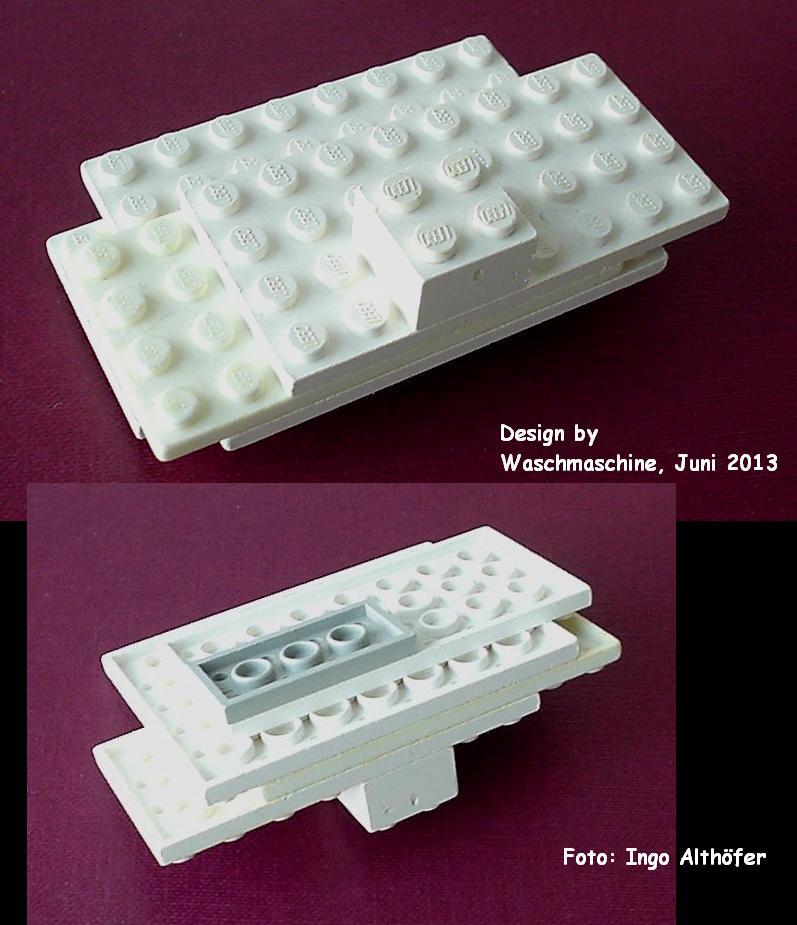
↑ Miniature 2 - abstract aircraft carrier
Note. A similar experiment with new Lego cubes did not lead to the appearance of compounds. At all.
I decided to pull a few numbers into the article. The link number 4 experimented with Lego Duplo and led at least some interesting statistics. 37 minutes 222 original parts. At the output received:

Sources

Result
For one of the links you can find tips for those who want to wash the lego on their own. They recommend washing in socks and using more flat panels.



Sources


Result
It's nice that this translation article pushed inquisitive people to repeat the experiments in their own "laboratories" (at least one person - Galina Jackdaw ).
Galina has so far conducted three experiments (1, 2 and 3 ). And the third one is interesting in that the installation was restarted, and the results of the previous launch were used as the source material. As a result, the number of parts involved in the compounds increased from 10 to 19%. I wonder what percentage will be the equilibrium? At what level will the connections fall apart with the same intensity as they are set to?

In addition, Galina drew attention to the "non-standard" compounds. A great way to look for options not covered by the instructions.
The experiment is intended to show that complex compounds and life in general could well have been formed by chance at the initial broth .
I did not believe that this was possible (in the sense of Lego and the washer in such a short time). It always seemed to me that the probability of such a self-assembly is very low, although definitely not zero. I decided to google on this topic and found several reports on similar experiments. One of these reports , where many interesting pictures, translate and publish here. Some notes and links from the link text will be deleted. Some of them will publish at the end.

In fact, the KDPV is not what you thought. These are figures that, as suggested by some “just acquaintances”, can assemble in a washing machine in a couple of hours. Friends turned out to be wrong, especially number 5. And in general it is from another experiment , not the one about which I translate the report.
Entry is over, the translation begins.
Lego old parts in the washing machine
In one of a series of my experiments, I poured a whole bucket of old Lego cubes (from the end of the 60s - early 70s) into our washing machine Miele. They erased 70 minutes at 40 degrees. Spin is not used. All the details before the start of the experiment were separated. As a result, there are quite a few connections. Most were from two parts, but there were also connections from six. Various details participated in the joints, including 2x8, 4x8, and 6x8. [And many others - approx. lane.]


↑ Here it is our washing machine
Next - all connections sorted by the number of elements. Sorry for the quality of the flowers - everything is filmed in the kitchen under a fluorescent lamp.


↑ Mostly two-part connections (D2)

↑ This is D3

↑ D4

↑ D5

↑ D6
Most of all I liked these two D6.

↑ Miniature 1

↑ Miniature 2 - abstract aircraft carrier
Note. A similar experiment with new Lego cubes did not lead to the appearance of compounds. At all.
Links
- Experiment with loading multicolored connections from two standard parts
- An experiment in which the "enzyme" was assembled.
- Mixing hands
- Here is an experiment with Lego Duplo
- A bunch of links on Lego + Washing Machine
UPD
I decided to pull a few numbers into the article. The link number 4 experimented with Lego Duplo and led at least some interesting statistics. 37 minutes 222 original parts. At the output received:
- D2 - 26 pcs.
- D3 - 2 pcs.
- D4 - 2 pcs.
- In the compounds involved 30% of the original details!

Sources

Result
UPD2
For one of the links you can find tips for those who want to wash the lego on their own. They recommend washing in socks and using more flat panels.



Sources


Result
UPD3
It's nice that this translation article pushed inquisitive people to repeat the experiments in their own "laboratories" (at least one person - Galina Jackdaw ).
Galina has so far conducted three experiments (1, 2 and 3 ). And the third one is interesting in that the installation was restarted, and the results of the previous launch were used as the source material. As a result, the number of parts involved in the compounds increased from 10 to 19%. I wonder what percentage will be the equilibrium? At what level will the connections fall apart with the same intensity as they are set to?

In addition, Galina drew attention to the "non-standard" compounds. A great way to look for options not covered by the instructions.
